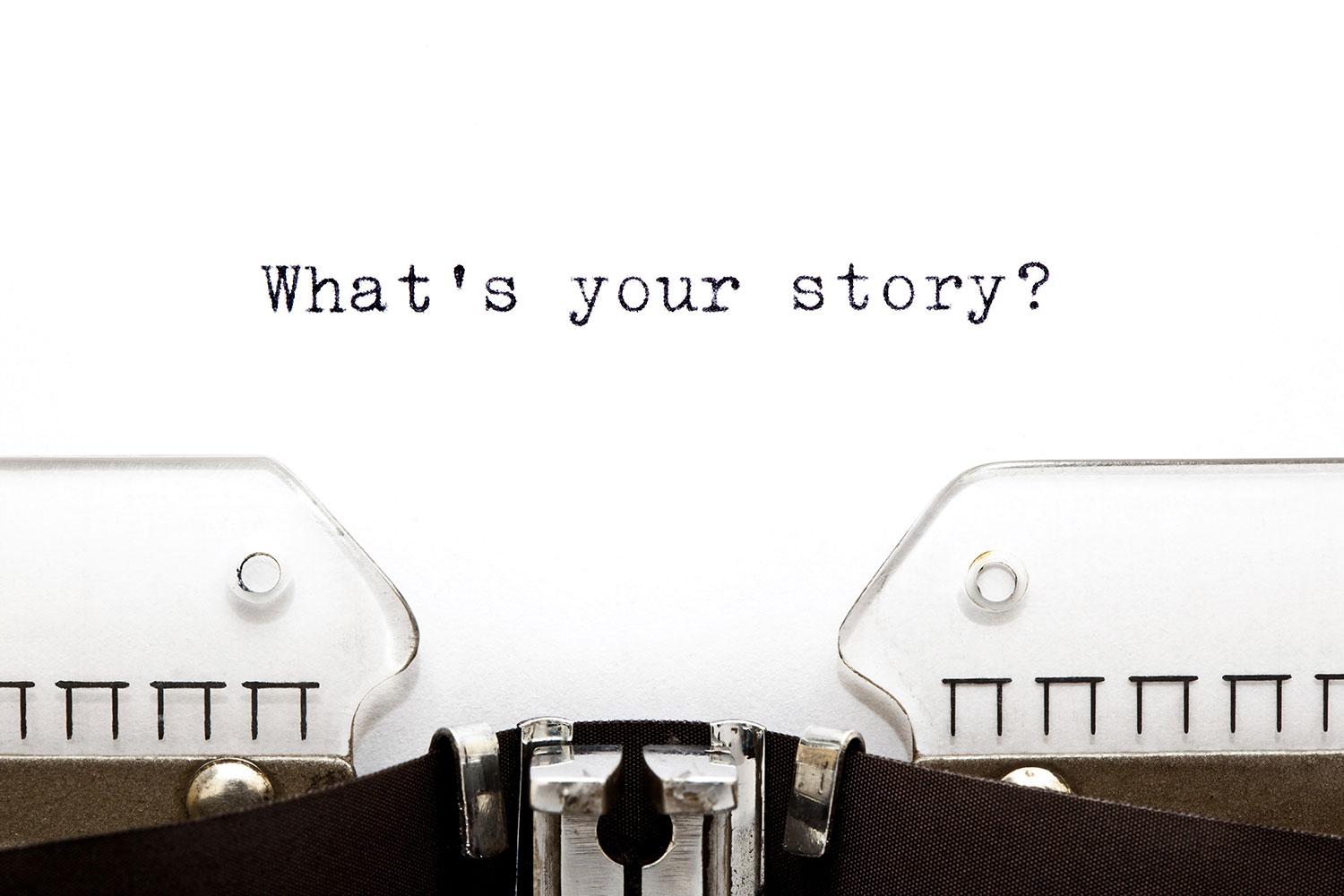
Why Brands Need More Stories
Do you remember the advice your grandparents gave you? No…? Don’t worry, I don’t either. What I remember vividly about my grandmother are the stories she used to tell about hiding POWs in WW2 while my grandfather was briefly imprisoned in the spring of 1945. Of how, after 4 months away from home, he came back unkempt and unshaven, wearing the same set of clothes.
Our brains are wired to remember stories. As the old saying goes: tell me and I will forget; show me and I may remember; involve me and I will understand.
So how do we involve people in our stories?
By connecting with their hearts and minds (or pocketbooks!) of course.
Think back of last year’s super bowl game, do you remember the commercials? If so, I bet it was a story that pulled at your heartstrings, made you laugh, think, cry or maybe even eager to save some money.
Truth is, most companies today still talk about their products in a functional and descriptive way. This is especially true of small and medium size firms who can’t afford a marketing department. By describing their product or service and exulting its benefits, they think customers will come running.
The biggest brands in the world know too well how to connect with people emotionally. Steve Jobs’ famous marketing campaign for Apple is perhaps one of the best examples of brand storytelling that had little to do with the actual product: ”Here’s to the crazy ones, the misfits, the rebels, the troublemakers, the round pegs in the square holes… the ones who see things differently – they are not fond of rules…”
Whether it’s the promise of friends, happiness, shared experiences, independence, freedom – great brands seek to connect emotionally through shared values.
While this type of brand storytelling may be beyond the reach of smaller companies, most brands can better connect with their audience simply by telling their story more clearly and succinctly. Why do they exist? What is the context in which they exist? How do they make a difference in people’s lives?
We live in a world of information overload. By some estimates, the average consumer processes over 100,000 digital words daily. With so much clutter and information out there – how do you best reach your audience?
The answer it simple – tell great stories. Make people care. Don’t tell the obvious ones. Look for those that capture the imagination, ones that are peripheral to the brand but help you engage the audience. In the words of Pixar’s Andrew Stanton, involve people by helping them figure it out; “don’t give them 4, give them 2+2.”
Any emotional connection you can make is likely to go a long way. We all rationalize our behavior, and yet, most purchase decisions are emotional ones. According to neuroscientists, 95% of our decisions are made without reason or logic – they just feel right. Perhaps this is the single best reason why brands should tell more stories.
I leave you with a quote about storytelling from one of the master storytellers of our time, J.R.R. Tolkien, “On Fairy Stories”:
“We need, in any case, to clean our windows; so that the things seen clearly may be freed from the drab blur of triteness or familiarity—from possessiveness.”
